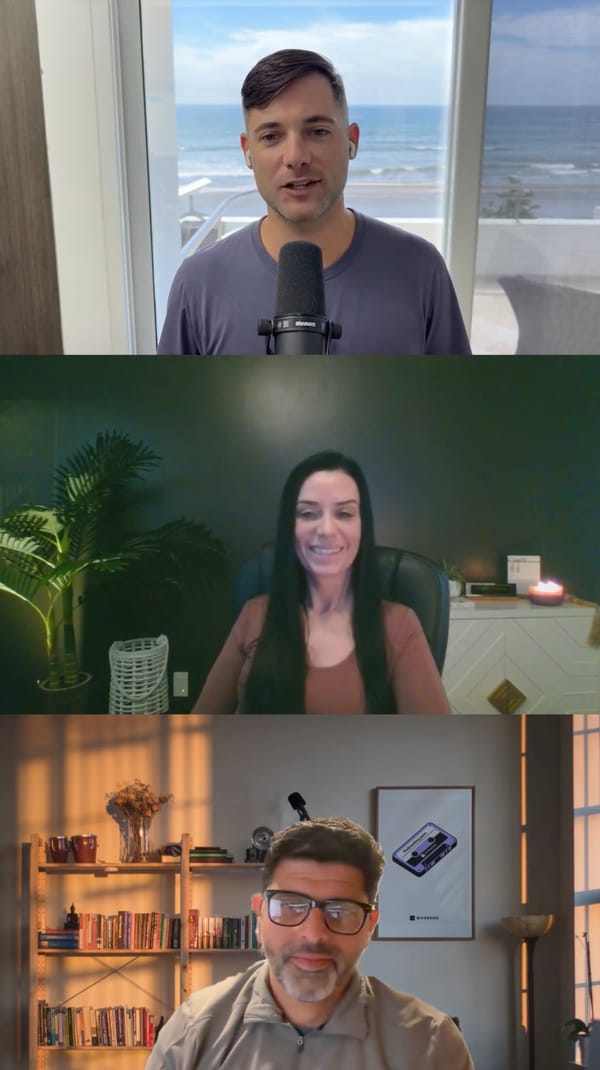As nursing home costs rise, where private payers are footing more of the bill

As expenses for nursing homes increase, private payers are covering more of these costs. Professional care for the elderly comes at a high price, regardless of the care type. Whether it is in-home care, a residential facility, or a nursing home, the financial burden is significant for families. According to a recent survey, the national median cost for a home health aide exceeds $61,000 annually, making it the most economical option among continuous care services for seniors. Comparatively, the median cost for a semi-private room in a nursing home stands at about $7,908 monthly, amounting to approximately $94,900 yearly, reflecting a 2.9% increase over the past five years. With baby boomers—the second-largest adult demographic—approaching 65 years old by 2030, many families are finding it increasingly necessary to plan for elder care. Nursing homes, often considered a primary elder care method, offer residential facilities providing daily medical care, meals, supervision, and rehabilitation for older adults. Most residents require continuous care due to physical or mental health issues. Nationally, 62% rely on Medicaid, 13% on Medicare, and the remaining 25% either pay out-of-pocket or use private insurance. Other financing methods include long-term care insurance and health savings accounts. The American Aging Council, which provides free Medicaid planning assistance, notes that eligibility rules can be complex and vary across states. Income limits differ for single and married applicants. A single 65-year-old must earn no more than $2,742 monthly to qualify for Medicaid, while married couples can earn up to $5,484 combined. Furthermore, there are restrictions on the assets a Medicaid recipient can own and limits for their spouse if only one applies for benefits. Conversely, Medicare, a federally funded program, does not have financial eligibility requirements. It provides health insurance for those aged 65 and older and certain younger individuals with specific conditions. Medicare offers various coverage options but only covers nursing home stays under specific conditions, generally linked to post-surgical recovery or rehabilitation. The rising costs of senior care heavily affect the middle class, who might earn more than Medicaid's threshold but lack sufficient funds for services not covered by Medicare. A 2019 study published in a leading journal indicates that the middle-class senior population will double from 7.9 million to an estimated 14.4 million by 2029, often without the financial means for private senior care. Assets, savings, and investments can quickly deplete when older adults finance their care or depend on family assistance. Private long-term care insurance can help manage aging costs without economically burdening families. When selecting this insurance, it's crucial to inquire about coverage specifics, premiums, eligibility, waiting periods, chronic illness coverage, and daycare services. In Minnesota, nursing home costs have surpassed the national average of 3.25%, growing by 10% over five years, reaching $11,601 for a semi-private room in 2022. Currently, 37% of nursing home residents in Minnesota finance their care privately or through insurance. While most states see cost increases near the national average, some states, like West Virginia at 7% and Delaware at 5%, experience faster increases, resulting in a higher reliance on Medicaid. In states with lower average incomes, such as Mississippi, fewer seniors can afford private nursing home care, complicating health and quality of life goals. In over 20 states, primarily in central, western, and northeastern U.S., 22% to 37% of nursing home residents finance their daily care privately.







